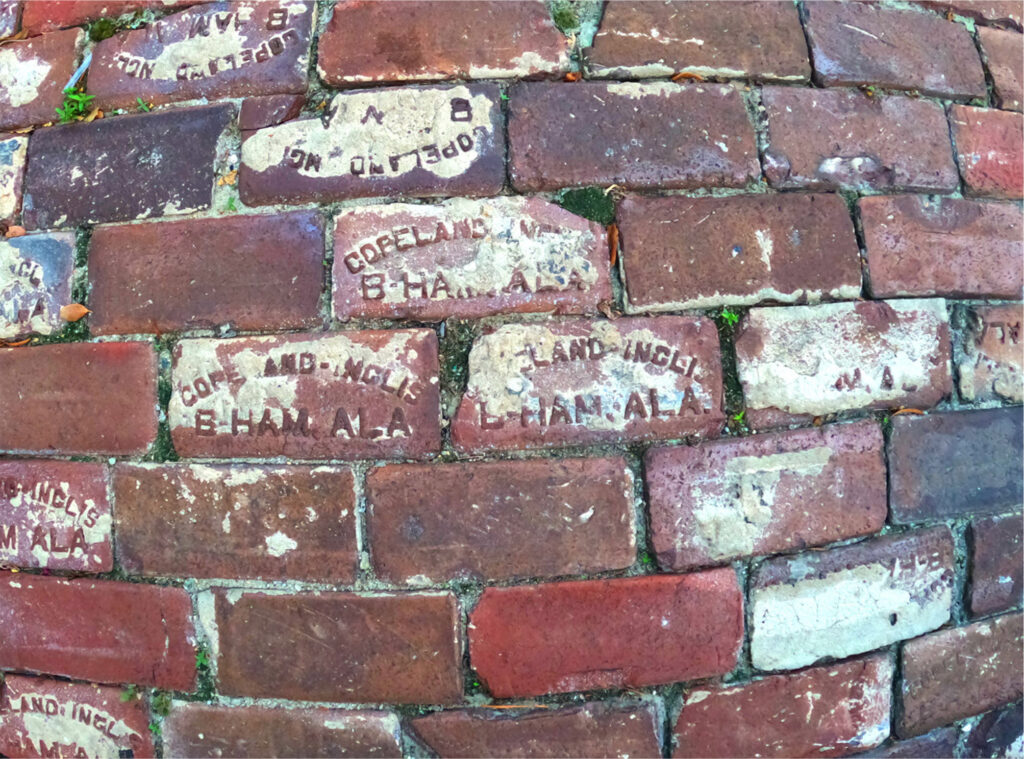The Ocala of 25 years ago has changed considerably in terms of landscape and footprint, as well as quality of life. We’re not “Slo-Cala” anymore.
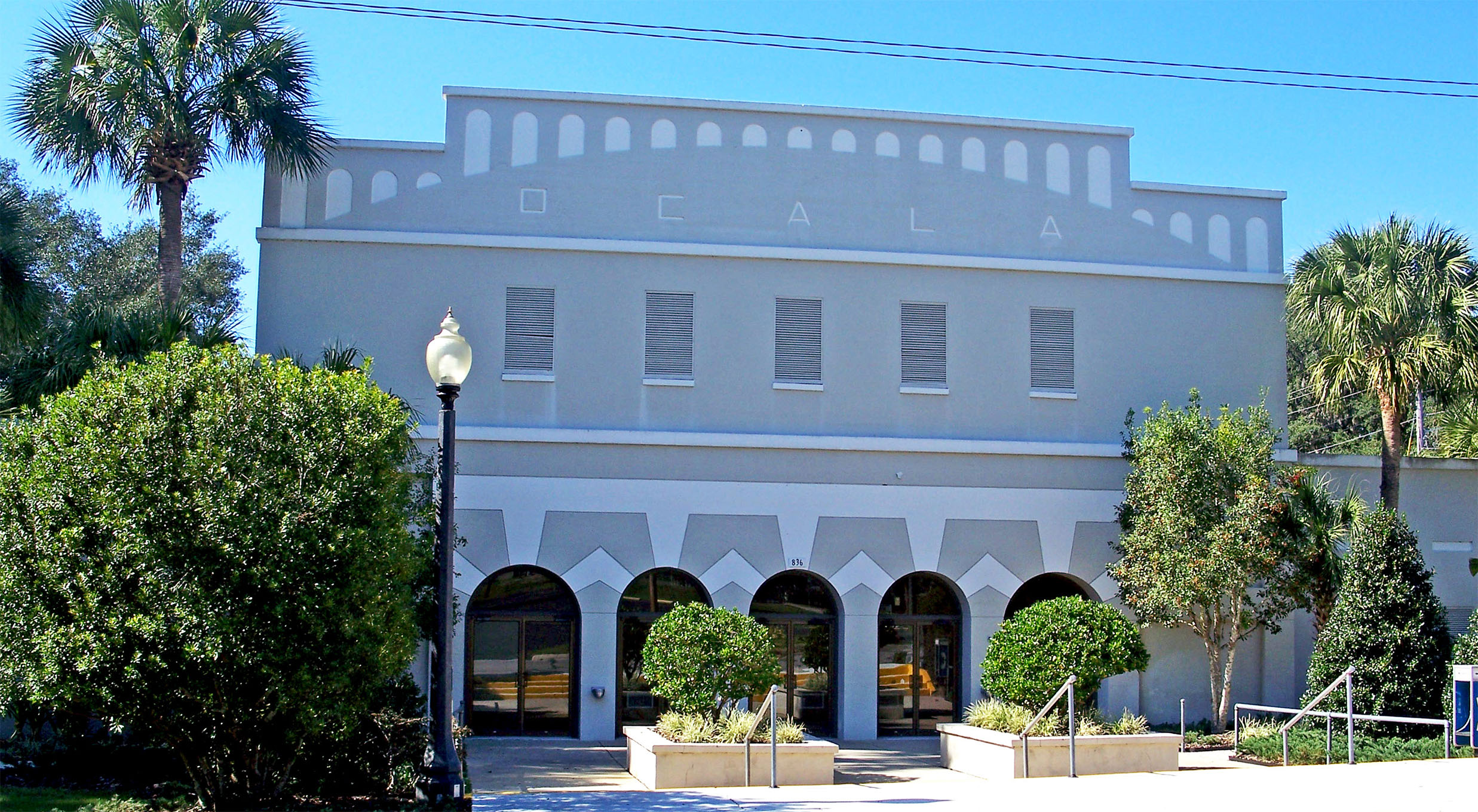
Milestones are important. They give us a timeline of growth and change. This year marks the 25th anniversary of Ocala Style Magazine. Our focus has remained on publishing articles about Real people. Real stories. Real Ocala. We have changed over the years, as have our city and county, and we like to think we have all improved with age. We know, however, there is always room for improvement.
Many of the changes in the city of Ocala in the past 25 years are visible and tangible, while others are more subtle. The population has increased by more than 20,000 people, from 42,773 in 1999 to 65,498, according to 2020 Census data. The median age in 2000 was 39 and in 2020 was 34.7. In 2021, the estimated average value of a house or condo was $186,000; in 2000, that number was $71,700.
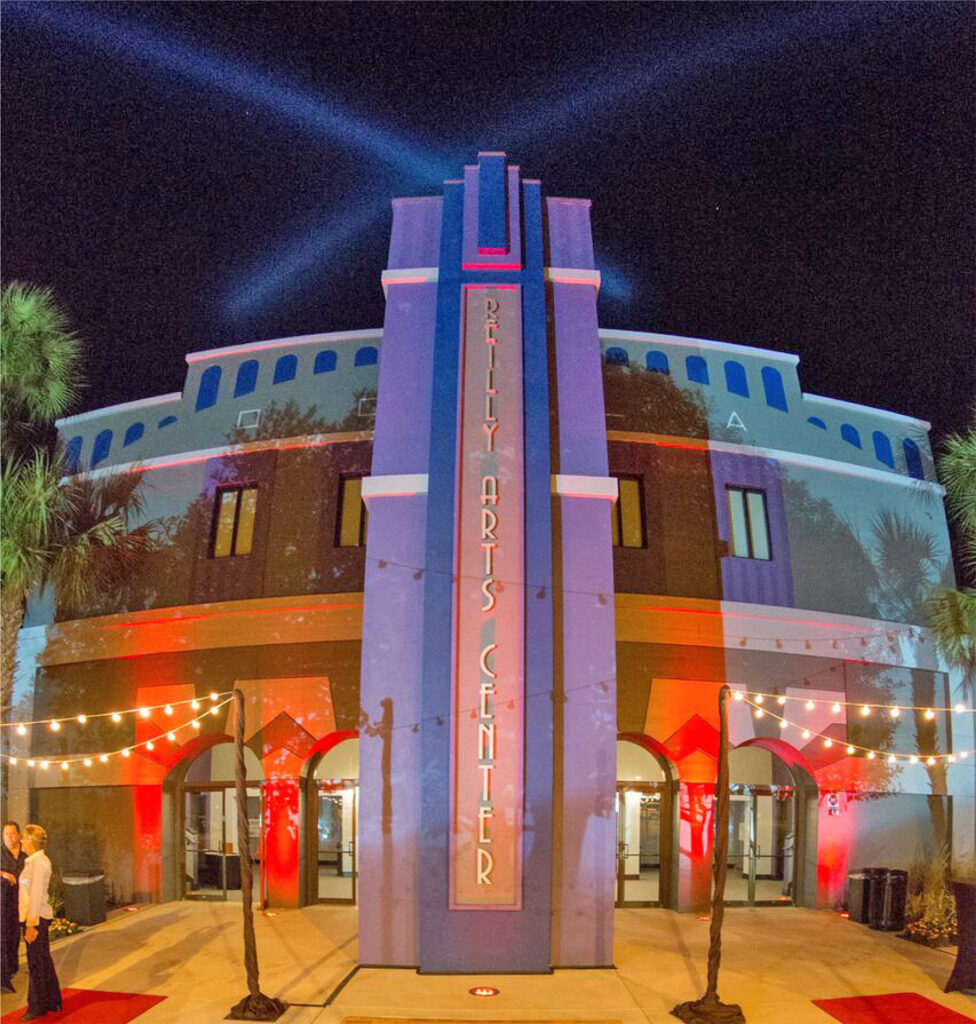
Census data shows that the population of Marion County in 2021 was 385,915. In 2000, the population was 258,916. In 2021, the media age was 48.5 years of age, and the estimated median value of a house or condo was $193,300. In 2000, that value was $70,000. City-data.com statistics note that in 1999, there were 2,593 new single-family home construction permits; in 2021, that number was 5,641.
The increase in population means we have a lot more traffic, we need new schools, 18 percent of residents live in poverty and health ranking surveys put Marion in the lower 25 percent of counties statewide. And the landscape has changed, especially around the downtown and midtown areas, and in communities such as West Ocala and in our rural areas.
Downtown, for example, the Hilton Garden Inn now sits on the former site of the Ocala/Marion Chamber of Commerce, which itself morphed into the Ocala Metro Chamber and Economic Partnership (CEP). The one-time home of the Brother’s Keeper thrift store is now the Mellow Mushroom multi-restaurant complex, a portion of the City Hall campus is now Citizens’ Circle and right across the street is a long-needed parking garage, with a second garage yet to come.
The former city auditorium now is home to the outstanding Reilly Arts Center. After a $3.4 million renovation of the auditorium, which honored its Art Deco roots, the Reilly opened in 2015. The center is named for Robert Reilly, a patron of the arts who donated $700,000 toward the renovation in memory of his late wife, Bonnie. The venue is the home of the Ocala Symphony Orchestra, which has been around for nearly five decades. Following a $4 million expansion, the Reilly in 2021 showed off its doubled footprint and prepared to roll out its Community Music Conservatory to reach a broader audience.
Midtown is in a constant flux, with new living and business spaces, such as housing units facing Tuscawilla Park and Infinite Ale Works turning the former Ocala Fire Rescue Station 1 into a distillery and eatery.
In West Ocala, the new Mary Sue Rich Community Center at Reed Place, which opened in 2023, has become a focal point for community activities such as youth sports, educational classes and special events, and houses the Sankofa Public Library branch. The naming of the center and the property on which it sits are designated in honor of Rich, a longtime Ocala City Councilwoman, and Ruth Reed, a retired teacher and community activist who led a years-long campaign against pollution from the Royal Oak Charcoal plant and campaigned for citizens of the area to have the right to breathe fresh air.
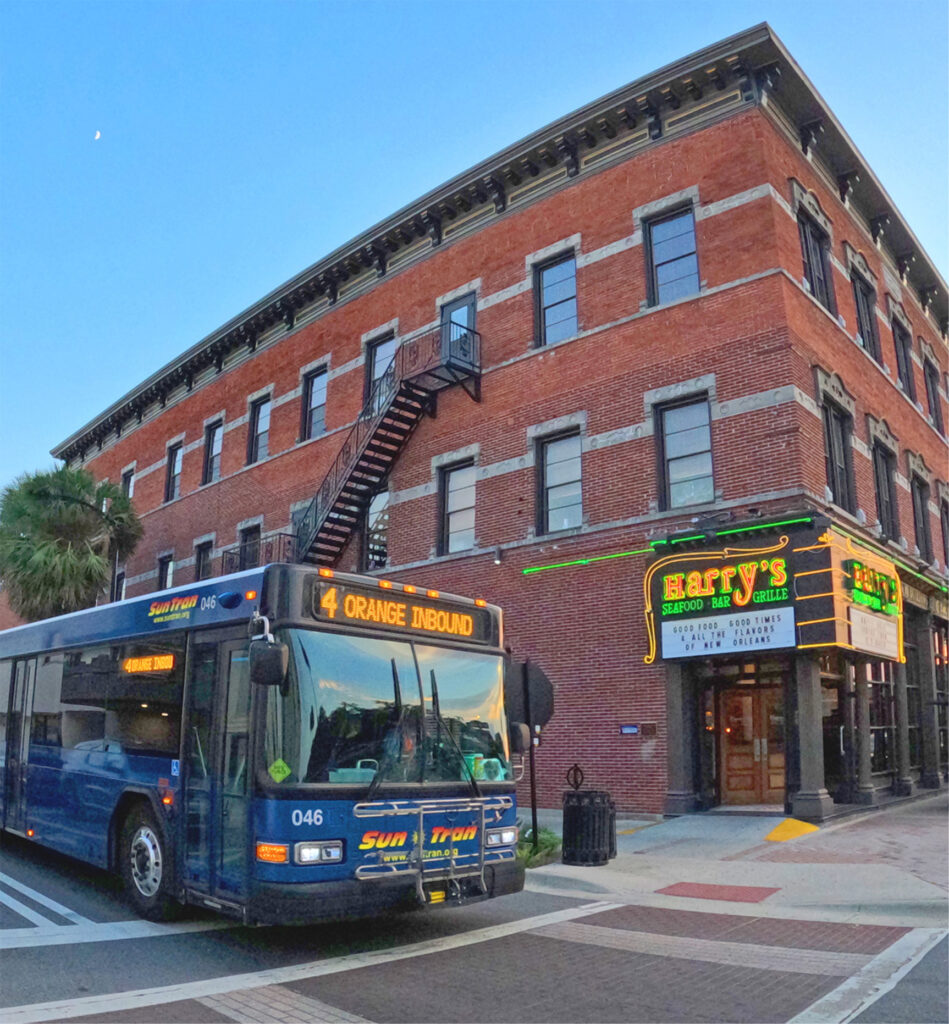
The new Ocala Fire Rescue headquarters complex on Martin Luther King Jr. Avenue includes a community facility and Ocala Police Department branch, as well as a fire museum. There also is a new public safety facility on Eighth Avenue that houses both police and fire department substations.
Outside the city limits, significant changes have included the opening of the Florida Aquatics Swim Training (FAST) center, which attracts world-class swimmers, and the building of a plethora of warehouse/distribution centers that need thousands of employees and new housing to accommodate that influx. Many of our iconic horse farms and cattle ranches now house subdivisions for young and old.
The World Equestrian Center, a game-changer for the Horse Capital of the World, continues to expand with a new 390-studio-and-suite hotel soon to open, as well as the additions of a sixth indoor arena, seven additional outdoor arenas, an upscale shopping venue and UF Health Family Medicine.
And speaking of medical facilities, one of the biggest changes locally was in 2014, when the Marion County Hospital District ceased operating Munroe Regional Medical Center and Community Health Systems took over operations. CHS later sold the lease to Adventist Health System. In 2019, the name became AdventHealth Ocala. The MCHD remains responsible for investing the lease proceeds on behalf of the citizens of Marion County and uses a portion of the earnings to fund public health projects.
AdventHealth Ocala has continued to make changes to its campus and programs, as has the nearby former Ocala Regional Medical Center, which is now HCA Florida Ocala Hospital. And, as is happening in many metro communities, outlying facilities are sprouting up all over Ocala. UF Health is building a new neighborhood hospital at I-75 and Highway 27, we have several new AdventHealth and HCA Florida Ocala emergency branches and the Heart of Florida Health Center moved into a sprawling complex on Silver Springs Boulevard.
The College of Central Florida in 2023 broke ground on a $20 million-plus, 42,500-square-foot Center for Nursing building as part of a three-building group that includes Allied Health Sciences for Surgical Services, Cardiovascular Technology, Diagnostic Medical Sonography Technology and Respiratory Care, and expanded EMS programs.
The new Ocala VA Clinic opened in 2022 in Southwest Ocala, offering primary care, mental health services and more. Marion County is being considered as a location for a 120-bed nursing home funded through the Florida Department of Veterans Affairs and the U.S. Department of Veterans Affairs.
In terms of beauty and nature, Silver Springs State Park, which just celebrated 10 years, is a far cry from the old attraction, with the Wild Waters attraction next door, and remains a gem among Florida’s fresh-water springs. Overall, eco-tourism has become a bigger deal here over the past 25 years, with the Santos Trailhead a mecca for mountain bikers; the Cross Florida Greenway a destination for outdoor enthusiasts on foot, bicycle or horseback; and the Ocala National Forest, Rainbow Springs State Park and other natural areas beckoning thousands of visitors.
Ocala also has grown as an arts/cultural community, through the Appleton Museum of Art and the Ocala Civic Theatre, which both have survived funding challenges over the years. Many such venues, and groups such as the Ocala Symphony Orchestra, had to figure out how to navigate the pandemic and the loss of audiences.
A leader among the area’s art groups is the Marion Cultural Alliance, which was born from the Horse Fever public art project. Horse Fever was launched in 2000 and was followed by Horse Fever in Motion in 2005, Horse Fever II in 2011 and Horse Fever 20/20 in 2020. The horses have become beloved symbols for the Horse Capital of the World.
There have been many other changes in the area that have helped move what once was known as “Slo-Cala” into a vibrant city that continues to grow and change, just like Ocala Style. We asked city and county officials, and two long-time residents, to speak about changes over the past 25 years and what might be ahead.
City Perspective
Ocala’s City Projects Director Tye Chighizola, in the Growth Management Division, provided responses.
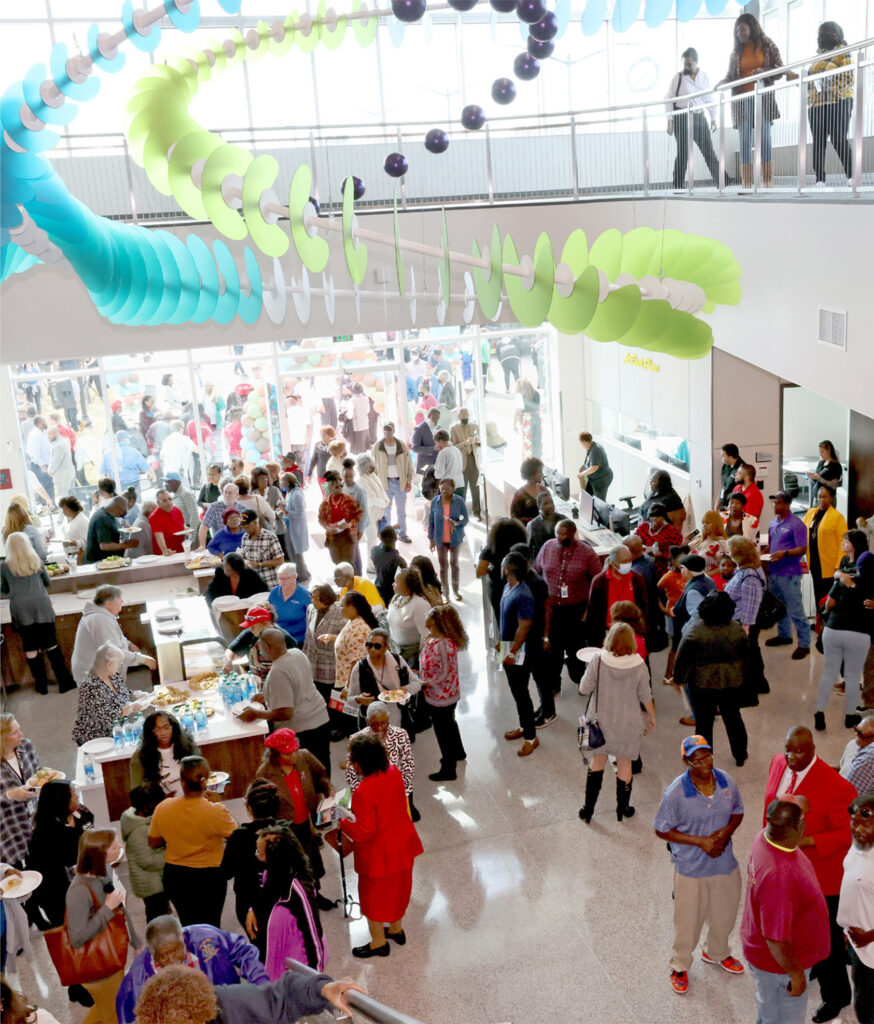
Chighizola says the top projects of the past 25 years, in no certain order, included the 2035 Vision, Downtown Master, Midtown, West Ocala Community and West and East Community Redevelopment Area (CRA) plans; the Ocala 489 Commerce Park; the West Ocala Historic District; the Fort King National Landmark; continued expansion of the SunTran public transportation system, which opened in 1998; removal of the Royal Oak charcoal plant and the subsequent building of the Mary Sue Rich Community Center at Reed Place; redevelopment of the former Pine Oaks of Ocala golf course into residential housing; wayfinding signage/branding; a new tower and terminal at the Ocala International Airport; the opening of West Marion Hospital in 2002; new police/fire substations on Eighth Avenue and Martin Luther King Jr. Avenue; renovation of the historic Marion Theatre; renovation of the Reilly Arts Center; and the opening of the Ocala Skate Park in 2018.
In terms of which of those projects had the greatest impact in changing the footprint of the city, Chighizola noted the adoption of the West and East Community Redevelopment Sub-Areas, the Affordable Housing Incentive Fund, better community involvement (Vision Plans) and the Downtown CRA, which was adopted in 1988 and “started paying off after 2005.”
“The first 10 years of the Downtown CRA generated a total of only $100,000, but now the CRA is generating about $800,000 per year,” Chighizola explains. “The downtown CRA will expire in 2038. We have one CRA, but four sub-areas; North Magnolia (adopted in 1999), Downtown, East Ocala and West Ocala. In 2015 and 2016, the City Council adopted the East and West sub-areas to help fund projects in the community. We used $8 million to fund the Mary Sue Rich Community Center at Reed Place.”
He outlines that the Affordable Housing Incentive Fund “helps pay for building permit fees and impact fees for projects meeting the definition of affordable. The fund helps bring down the price of the homes.”
In terms of better community involvement, he states that “The 2035 Vision and the upcoming 2050 Vision Plan provides for better community involvement over various platforms. The vision plans provide a road map for the future, and act as the basis for the comprehensive plan, which is the blueprint for the community.”
He says the city and county “are working on growing SunTran,” which, according to the city’s website, has initiated a 10-year transit development plan that “supports the development of an effective multimodal transportation system in the city of Ocala and Marion County and serves as the basis for defining public transit needs.”
In looking forward to the next 25 years, Chighizola mentions continuing “the growth of the downtown,” noting it is “critical to have a strong downtown community” and “the city will continue to pursue mixed use developments.”
He says the city is beginning the process to update the 2035 Vision Plan and that the 2050 Vision Plan “will build off and expand the 2035 plan. As part of the vision process, the city will make the necessary changes to the comprehensive plan and code.”
Chighizola also expects the next quarter century to bring “more fresh food options throughout the city, more transit opportunities, more affordable housing opportunities, redevelopment of Reed Place and efforts to improve mobility and safety.”
County Perspective
Marion County Public Relations Director Bobbi Perez responded on behalf of the county based on input from “multiple sources.”
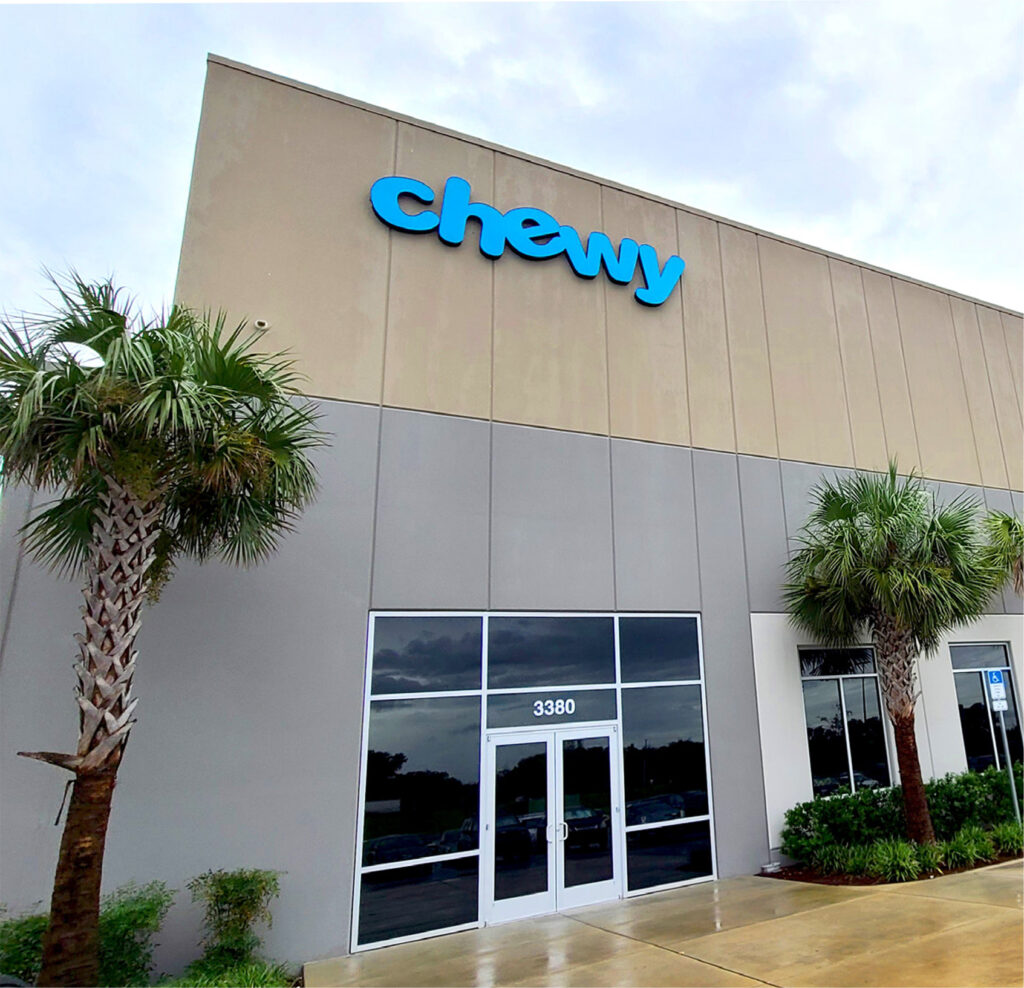
In the past 25 years, Marion County has transitioned from a small mostly rural county to an important economic hub in the state of Florida. The population in 1999 was just over 251,000 and is now over 400,000. Despite the population increase, the county commission has worked diligently to have balanced growth and an affordable millage rate for the taxpayers, Perez writes.
During this time, our county experienced major infrastructure improvements. This includes road projects such as the 32nd Avenue Flyover and the 92nd Loop/Belleview Beltway. The beltway project includes an approximately 5.2-mile, four-lane, divided road from State Road 35 to U.S. 441, grassed medians, sidewalks, traffic signals, drainage facilities and paved shoulders for bike lanes. The 32nd flyover features a bridge over Interstate 75 just south of exit 350.
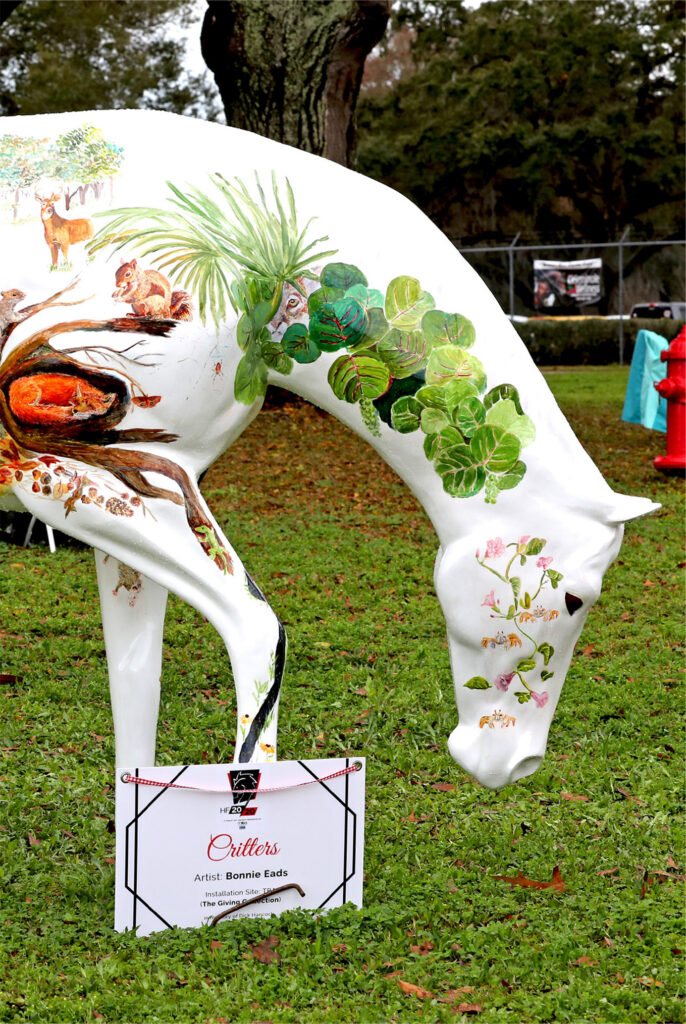
Construction of the SW 42nd Street Flyover project began in September 2011 as the fourth and final phase of the corridor improvement that began construction over a decade earlier and was identified a decade before that, Perez adds. The construction portion of the project directly employed approximately 40 workers and was completed in March 2013 about three months ahead of schedule. It resulted in the construction of 1.5 miles of four-lane roadway, a flyover bridge over I-75, drainage, sidewalks, bike lanes, signalization and a median. The project connected State Road 200 to the west, with the first three phases of the corridor improvement to the east. The result is a beautiful alternative route to get from one side of Ocala to the other, which was quickly discovered by motorists and is being used by more and more of them each day. It is a scenic, rolling roadway that is able to take traffic off of the single most congested roadway in Marion County. In addition to motorists, every evening people can be seen enjoying the sidewalks and bike lanes, whether they are exercising or just out for a stroll. The SW 42nd Street Flyover project is the culmination of a vision 25 years in the making and the most significant transportation improvement in Marion County during the last quarter century.
Perez notes that major road improvements, including the NW 49th Street interchange, will be completed. The new interchange was designed with a diverging diamond, which temporarily shifts both directions of traffic on an interstate crossroad to the opposite side of the road.
“It’s designed to make travel safer and eliminates left turns in front of oncoming traffic, improving efficiency at the intersection while reducing traffic build ups,” Perez explains. “The interchange will improve interstate and regional mobility within Marion County, accommodate future traffic growth and provide relief to existing surrounding interchanges.”
Perez states that the creation of industrial distribution centers over the past 25 years has helped the economy and unemployment rate.
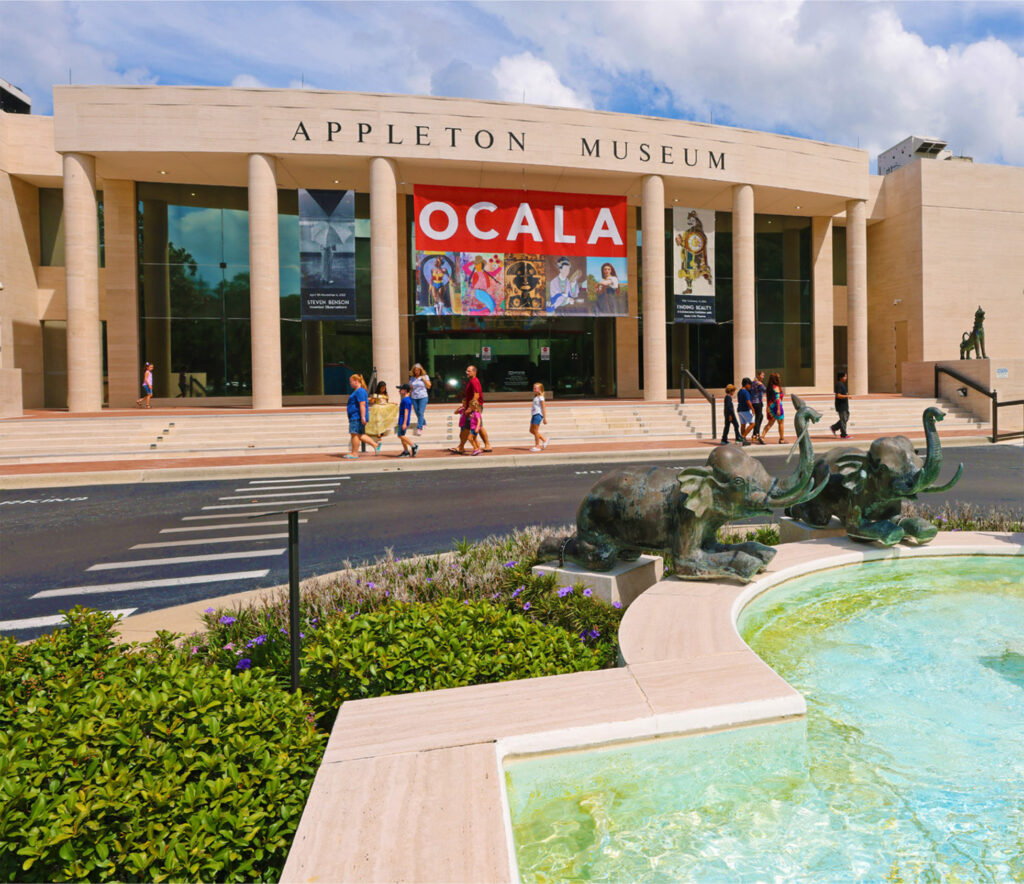
“In 1999 the unemployment rate was over 6 percent and is now just over 4 percent. The County Commission partnered with the Ocala/Marion County Chamber & Economic Partnership to recruit prime businesses to Marion County in the past 25 years,” she offers. “The county now has two award-winning industrial centers: The Ocala/Marion County Commerce Park in the north and the Florida Crossroads Commerce Park in the south.”
In the past few years, the county has put a focus on litter. The No Horsin’ Around with Marion anti-litter campaign was created in 2022 and features a stricter ordinance and higher fines for those caught littering in Marion County.
Resident Perspectives
Longtime city of Ocala resident Cynthia Wilson Graham, a business owner, author, photographer and civic leader, and business owner Gerald Ergle, an Ocala City Councilman for 26 years and mayor for four, and also a civic leader, provided input.
“Our community has experienced significant changes and challenges due to population growth,” Graham notes. “The increase in housing demand and the lack of affordable options is a concern for me. Additionally, the infrastructure hasn’t kept up with the growing population, which has led to various issues (i.e. traffic). When I moved into my community there were a few houses, but now I can sit on the porch and listen to the neighbor’s conversation.”
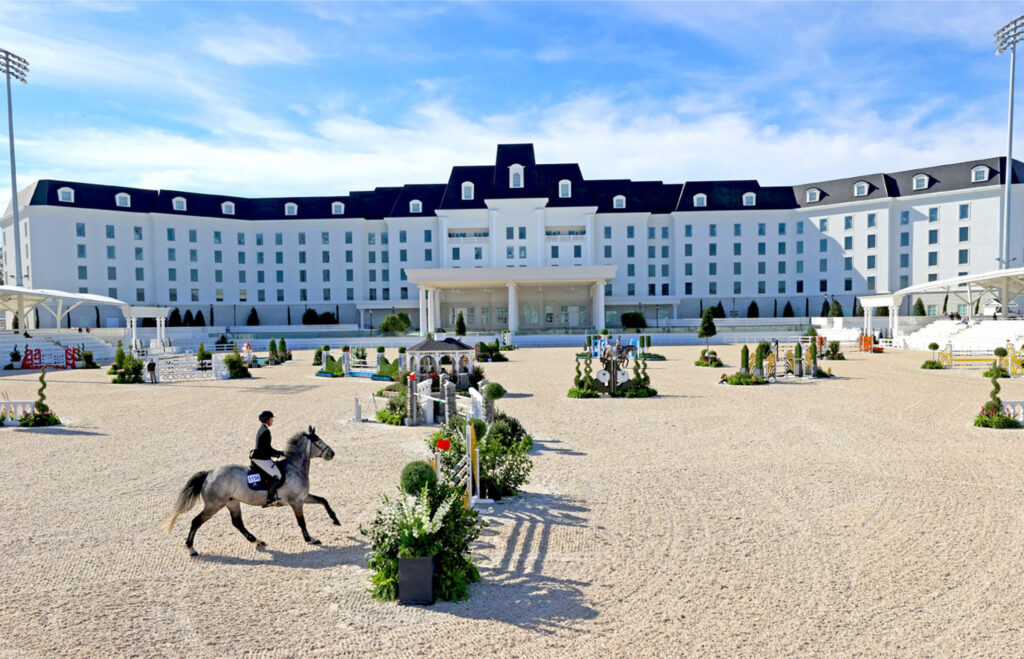
The things Graham likes least about the changes over the past 25 years are, “Families experiencing homelessness, low-wage employment and inadequate infrastructure, such as inaccessible roads that ensure safe and efficient access to emergency responders for emergency services on private property.”
She notes that she likes the “accessibility to networking with council and commission members and the accessibility to public spaces.”
“It’s still the place that I call home. Despite the challenges we face, I still enjoy my community; this is a great community to raise a family,” she says. “The diverse activities at the college, the Appleton Museum, the downtown activities and at WEC, and the serene environment at Silver Springs State Park are valuable assets in the community.”
As for the 25 years yet to come, Graham states she envisions” the expansion of affordable and low-income housing, shelters, mental health services for youth, increased wages, expanded public transportation and diverse representation in elected offices. In addition to private road accessibility to emergency services with the support of governmental officials.”
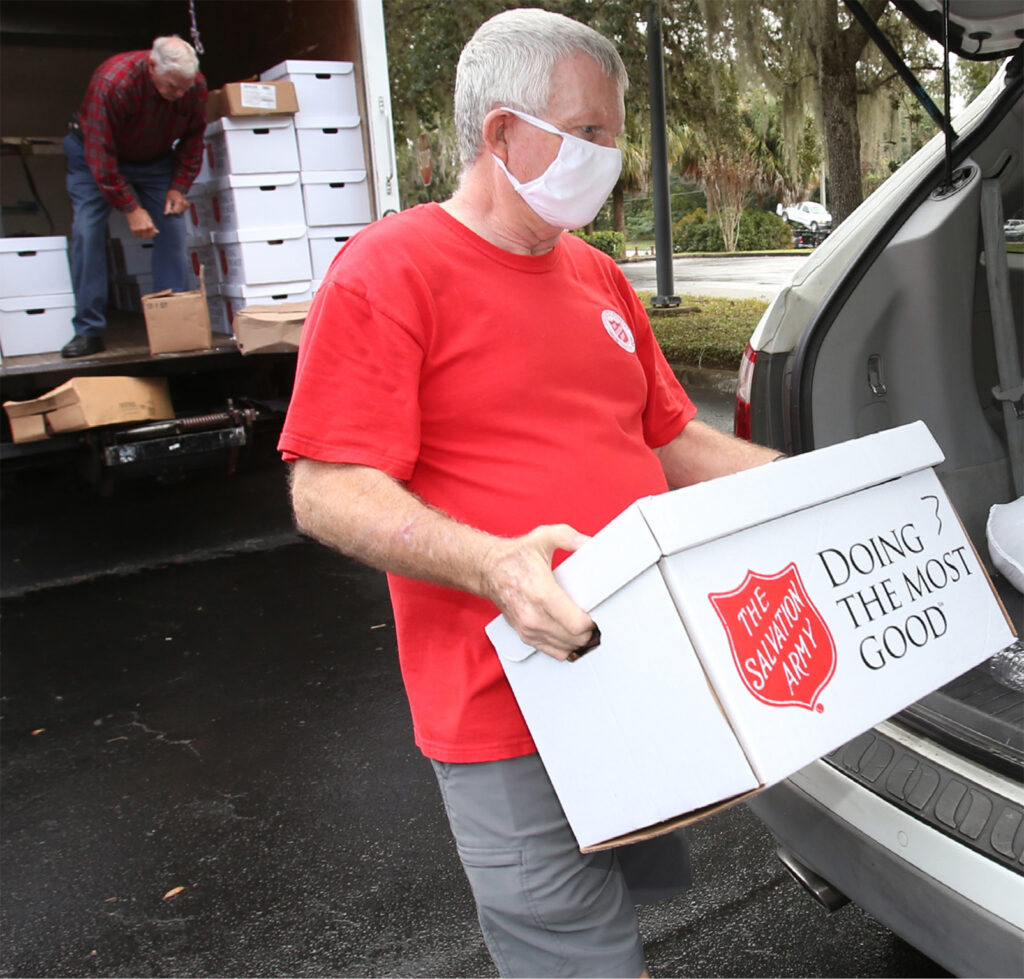
Ergle was born in Citra, in northeast Marion County. He recalls spending many Saturdays in Ocala, “as that was the business center for banking, car service, pretty much everything.”
He moved to Ocala years ago and says the most distinctive change in the area in the past 25 years has been “the number of people who have chosen to make Ocala/Marion County their home.”
He says one good thing about the growth is that the area now has a lot more nice restaurants and “has brought us an increased awareness of the arts.”
“Twenty-five years ago, the arts were pretty scarce in Ocala,” he offers. “The growth has brought us a new realization that arts are important to the community, and we have used that to expand access to the arts, all of them—music, painting, crafts, all of it—has seen a tremendous increase. Horse Fever exposed people many people to art who normally would not have gone to a museum or an arts center to see it. One of the huge steps we took forward was with Horse Fever.”
Ergle also comments about the downside of rapid growth: “It has come so fast that it has been basically impossible for local governments to keep up with infrastructure—water, sewer and streets are the main things.”
Impact fees for new construction were a hot topic in 2023, especially for Marion County. In 2021, the city of Ocala adopted a new water and sewer impact fee schedule after the prior one remained stagnant for a decade. Ergle recalls the implementation of water and sewer impact fees years ago and says taxpayers paid for years to build those systems.
“I think as people move here, we have to accept that they need to buy into our system,” he states. “When someone new comes in, if we don’t have an impact fee then they are getting to use the system that we have bought and paid for all these years. Therefore, the impact fee buys their share of the system to give them the service. I think impact fees are the fairest way to spread the cost of all of our services out.”
Ergle believes the next quarter century will continue to see growth “at a pretty fast pace, in Florida and Ocala/Marion County in particular, probably not as fast as the last 10 years, but faster than we normally have been used to and I think we are going to continue to have a difficult time keeping up with infrastructure.”
Looking back at his time as a local resident, Ergle says what he still likes the most about living here is “the people.”
“If there is a need, the people in Ocala and Marion County respond,” he offers, “and that is one of the better things I like about Ocala.”
Our Perspective
Whether you and your family have been in Ocala/Marion County for generations, or you just moved here not long ago, this remains a special place.
Ocala, also known as the Brick City, after a fire ravaged most of downtown way back in 1883 and the subsequent rebuilding used a lot of red brick, has a rich heritage that lives on in many of its generational citizens and newcomers.

The Horse Capital of the World remains just that, a vibrant region that continues to have a stellar reputation for raising and training thoroughbred racehorses, as well as a great many other breeds of equines, in operations that range from massive centers to hobby farms.
The Magnolia Media Co. team, which publishes Ocala Style and the Ocala Gazette weekly newspaper, remains committed to bringing you news and features about your community, your government entities and your neighbors. It’s not only about what we “do,” it’s also about where we live. OS
To learn more, go to ocalafl.gov; marionfl.org
Sources: U.S. Census; city-data.com

